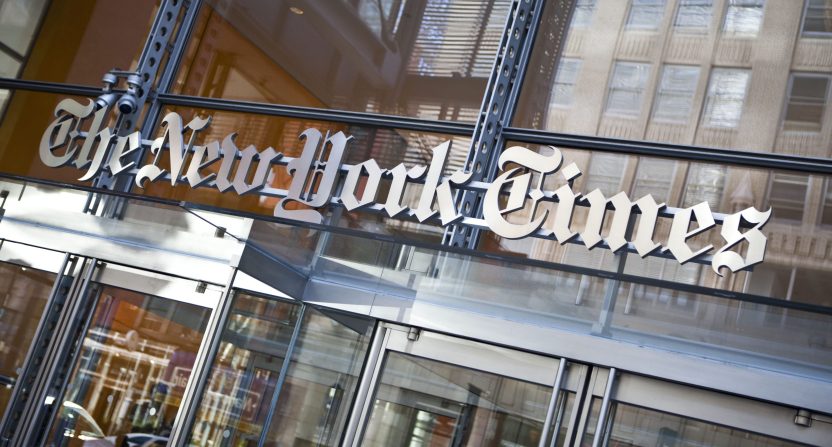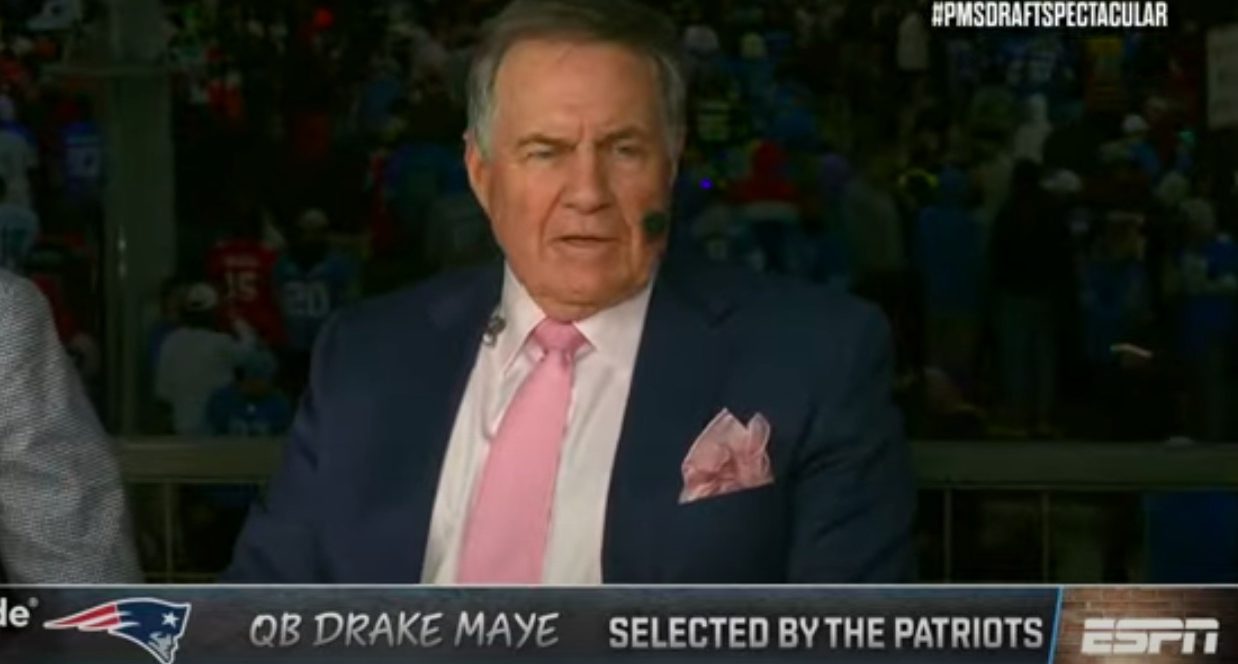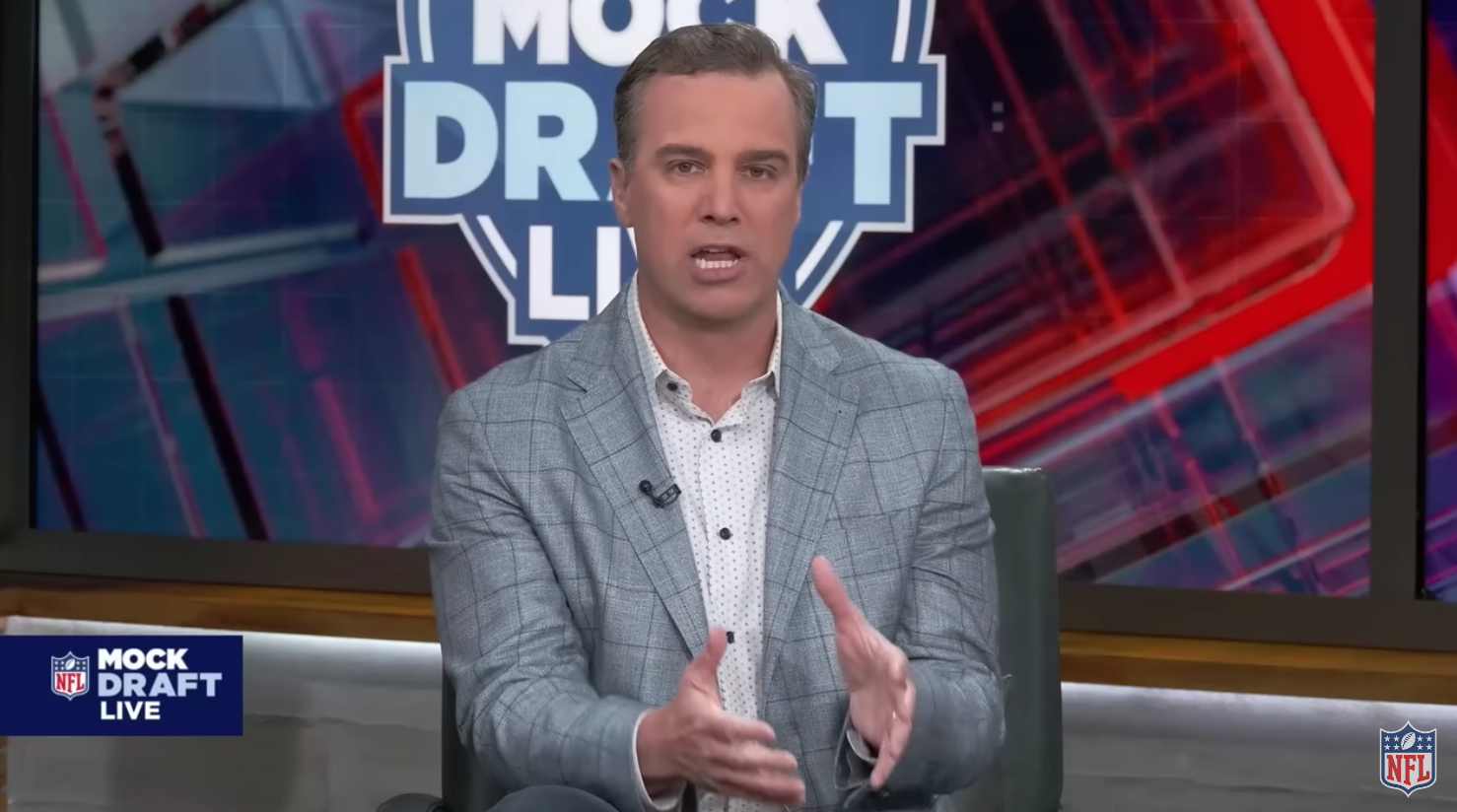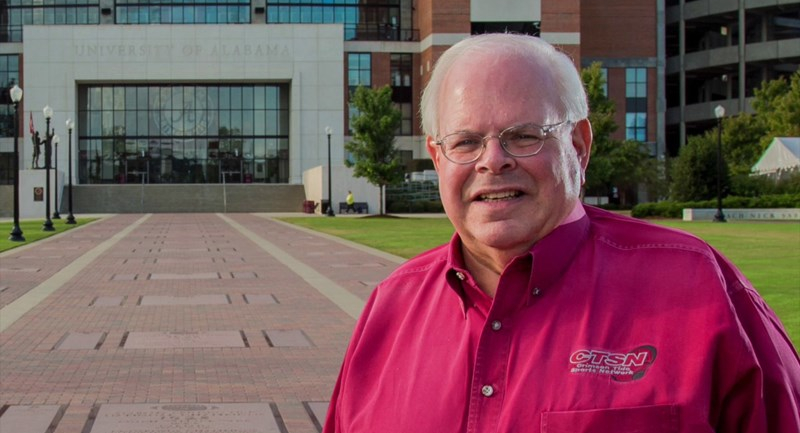The Jan. 15 shooting in Tuscaloosa that killed 23-year-old Jamea Harris is one of the largest storylines hanging over this year’s NCAA Tournament. That shooting saw Darius Miles (then an Alabama Crimson Tide basketball player, released from the team after he was charged) and Michael Davis (not an Alabama player) charged with capital murder, with Miles accused of handing his gun to Davis and Davis firing the shots. Still-current Alabama player Brandon Miller, the SEC player of the year, has been reported as bringing Miles Miles’ gun, but has not been charged.
With Miller still playing for the Crimson Tide (the overall No. 1 seed in this year’s tournament), this has been a major story in the run-up to Alabama’s first game (against the Texas A&M-Corpus Christi Islanders Thursday afternoon). But it’s not just about Miller. Reports earlier this week also placed Crimson Tide freshman guard Jaden Bradley at the scene of the shooting. And The New York Times brought a new dimension to this still late Wednesday with a piece from their long-time college sports reporter Billy Witz. That piece claimed that another Tide freshman, Kai Spears, was at the scene in Miller’s car, and that that car was struck by bullets. However, that piece is now under strong dispute by Spears and others. Here’s Spears’ Instagram response to it Thursday:
View this post on Instagram
That follows disputes from Alabama basketball, and from Spears’ father Christian, currently the Marshall Thundering Herd athletic director:
Statement just released from Marshall AD Christian Spears pic.twitter.com/0Nbz9v53ce
— Nick Kelly (@_NickKelly) March 16, 2023
A fatal January shooting that involved members of the top-ranked Alabama men’s basketball team could have been even more deadly, as surveillance video showed that two players were in a car struck by bullets in the crossfire. https://t.co/Ji3TDzXtWS
— NYT Sports (@NYTSports) March 16, 2023
Here’s what Witz’s NYT piece said on Spears:
The shootout, which sent people nearby scrambling for cover, killed Jamea Harris, 23, who was a passenger in a car. In another car that was struck were Brandon Miller, a star player for the Crimson Tide, and Kai Spears, a freshman walk-on whose presence at the scene had not been previously reported.
…The video showed Davis approaching the Jeep from behind, along the driver’s side. Soon, flashes from gunshots could be seen entering and exiting the Jeep. After several shots were exchanged, Davis appeared to have been hit and staggered backward into a telephone pole. He regained his balance and circled in front of Bradley’s car while continuing to fire at the Jeep. Two bullets struck the windshield of Miller’s car. Neither struck Miller or Spears.
…On Feb. 21, a police detective testified at a pretrial hearing about the presence of Miller and Bradley at the scene. He said that Miles had texted Miller, telling him to pick him up and that “I need my joint,” referring to Miles’s gun, which he had left in the back seat of Miller’s car.
The detective also made note of an unidentified passenger in Miller’s car. A person familiar with the case identified that person as Spears. That person spoke on condition of anonymity to discuss sensitive matters in the case.
And here’s the Alabama statement on that, via the above-referenced piece from Nick Kelly of The Tuscaloosa News:
“Your story is inaccurate,” UA athletics wrote in a statement Wednesday to the Times. “Based on the information we have, there were no current student-athletes present at the scene other than Brandon Miller and Jaden Bradley, who are both fully cooperating witnesses. From the outset, UA Athletics has fully cooperated with law enforcement and supported their investigation.”
Reporting on an athlete’s presence at a shooting is incredibly sensitive, and it’s something that’s incredibly important to get right. And that’s true even if the athlete isn’t charged with anything; Miller has not been charged, and prosecutors have said they don’t plan to charge him, but his presence at the scene and described role in bringing Harris the gun is a large part of what’s made this such an ongoing story. So whether Spears was anywhere near that scene or not is absolutely significant for him and for the Alabama basketball program, and it’s significant information for the public, even if there are no current suggestions of him doing anything beyond just the Times claim he was a passenger in Miller’s car.
And, unlike many areas where it’s possible to find wiggle room between sides’ interpretations, this seems like a clear true-or-false binary. Either Spears was in the car, as per Witz’s report (which attributes that to “a person familiar with the case”), or he was not in the car or at the scene, as he, his father, and the Crimson Tide claim. And if he was not, the “legal options” Christian Spears said he’s exploring may be significant. (The “demonstrably false” Christian Spears includes is also interesting; we’ll see if he or anyone else is truly able to demonstrate Kai Spears wasn’t near that shooting.)
Of course, defamation cases of a public figure (which athletes tend to be) have a high “actual malice” threshold to clear. The Times knows that well: famed 1964 Supreme Court case NYT v. Sullivan, which established that precedent, involved factual inaccuracies in an advertisement in the Times. But the paper was ruled not to have published those statements with “actual malice,” which the court’s decision defined as “with knowledge that it was false or with reckless disregard of whether it was false or not.”
The “knowledge it was false” seems exceptionally unlikely for the NYT and Witz. But “reckless disregard” could possibly apply, and Kai Spears’ “complete disregard for the truth” comment appears to be hinting at that. However, a key defense against “reckless disregard” claims is often for a media organization to provide proof they asked for comment first, as shown in the recent Dave Portnoy lawsuit against Insider. And Witz and the Times appear to have done that in at least some fashion, with his piece saying Kai Spears said “I’m sorry, I’m not going to be able to speak about that” and Christian Spears not returning a pre-publication request for comment.
Still, there could be questions about the way the Times reached out to both members of the Spears family (and to the Alabama basketball program) pre-publication. And there definitely could be questions about the credibility of their source and why they trusted them if the source proves to be wrong. Using anonymous sources transfers the source’s credibility to the reporter and publication. And that can be a recipe for disaster if the source is in error.
At any rate, there’s now a massive divide between the Times account of Spears’ whereabouts and the statements from him, his father, and Alabama basketball. And it will be interesting to see how that’s resolved. That may be with a correction, retraction, and/or apology from one side or the other. Or it could perhaps even be with legal action. And this all adds to the ongoing media storylines around the Crimson Tide and this shooting.
Update: Fox News’ Paulina Dedaj relayed this NYT statement Friday: “The New York Times told Fox News Digital Friday when reached for comment that it stands by its original reporting that Spears was the fourth Alabama player on the scene during the fatal January shooting.”
Correction: This story initially misidentified Nick Kelly’s outlet. He works for The Tuscaloosa News, not AL.com.
[The New York Times, The Tuscaloosa News; top photo of the NYT headquarters in 2011 from Ramin Talaie/Getty Images]







